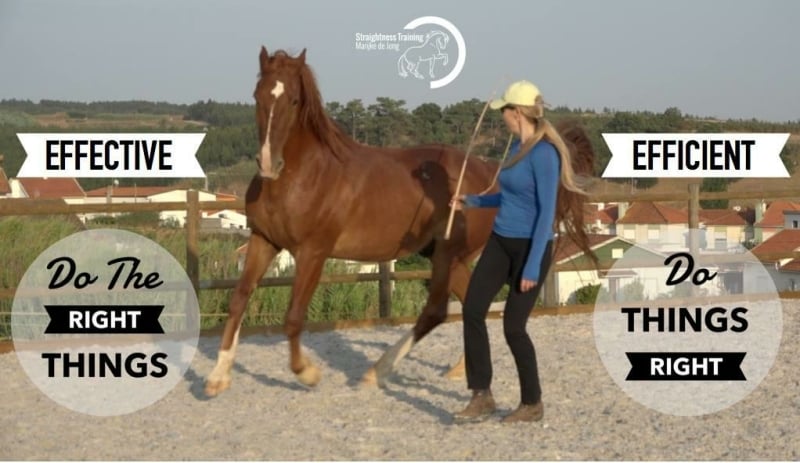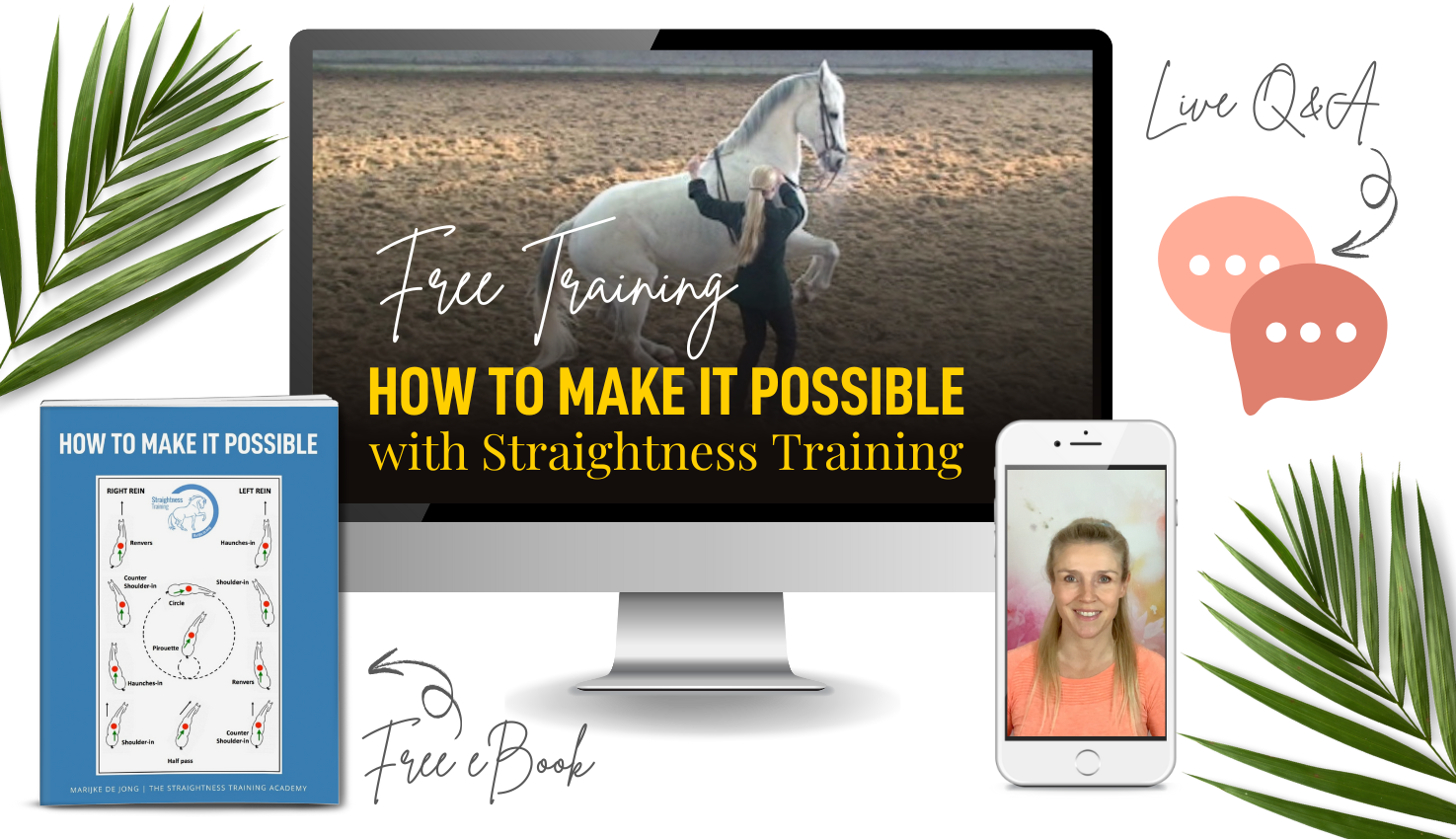
How to Train a Horse
There are dozens of theories, ideas, and methods about how to train a horse.
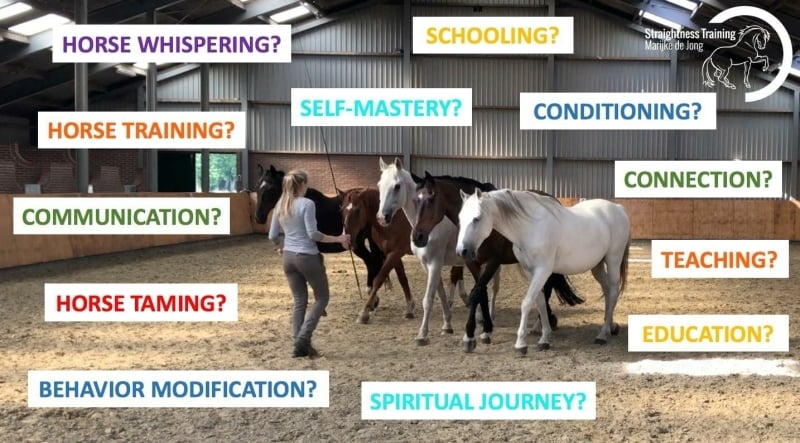
There’s one thing that all training methods have in common:
Horses learn from consequences.
Horses will keep doing things that produce good consequences, and they stop doing things that generate bad consequences.
Now some training methods only focus on using good consequences to create desired behavior.
Other also or mainly address the stopping of undesired behavior.
So some methods favor only one of the quadrants when it comes to operant conditioning: +R, -R or +P.
For example, there’s traditional punishment-based training (+P), horse whispering (-R), and there’s modern-science-based training which is “all-positive” (+R).
Besides that, there are successful practical trainers who never heard of operant conditioning, and there are behavioral scientists who see operant conditioning as the absolute truth.
Categories of Horse Training Methods
Horse training methods can be divided in the following general ways:
- Traditional, punishment-based training such as the traditional horse breaking.
- Science-based methods such as reward-based training, lure-reward training, clicker training, and other methods based on learning theories and operant conditioning.
- Natural horsemanship (NH) such as Parelli, Monty Roberts, KFH, and other methods based on natural horse behavior, hands-on experience and intuition.
- Classical horsemanship, such as the school of Légèreté, the academic art of riding, and other methods based on the wisdom and art of the old grandmasters.
- Balanced training, incorporating elements from all schools.
Now there’s a saying:
The only thing two trainers agree on is what the third trainer is doing wrong"
Agree to Disagree
A lot of accusations are thrown around today when riders don’t agree with one method or another.
For example:
- “All-positive” trainers make accusations of “animal abuse”, and the traditional trainers speak about “cookie cutters”.
- And scientists like to prove that the “join up” is just operant conditioning and not about horse whispering.
Fortunately, there are also many trainers with a “yellow” or even “turquoise” level of consciousness who are open to sharing information and ideas with one another.
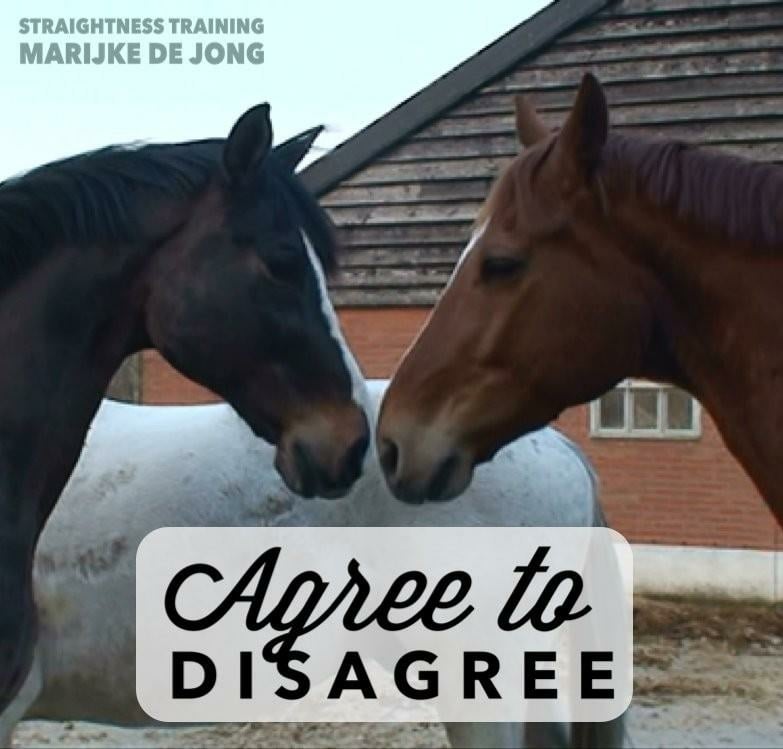
It’s Always the Human Behind the Method
The “truth” is, that in every day life it’s not about “methods” but about individuals doing the methods, because:
- Each school and each method has miserable trainers who are doing the wrong things and who are using the tools, techniques, strategies, and training concepts in the wrong way, and their horses dislike them and are very opposed in the interaction.
- Each method has efficient and effective master trainers and real artists who are very successful, and their horses love them and are very together in the interaction.
So we cannot say “practical” or “traditional” training is wrong and “scientific based” training is right.
And neither strategies to increase behavior nor strategies to descrease behavior can possibly be “good” or “evil” without knowing the variable that makes or breaks it:
- The human!
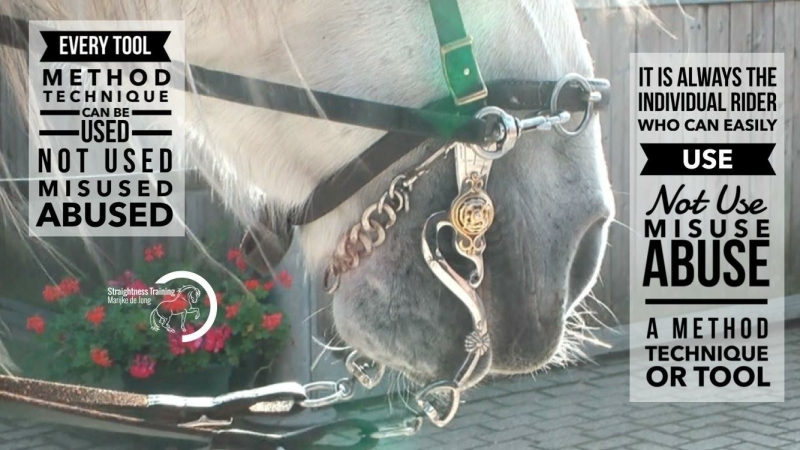
What matters is that each human needs to learn how to be effective and how to be efficient when training horses to avoid damage to the relationship and not to confuse the horse with mixed messages which cause miscommunication.
